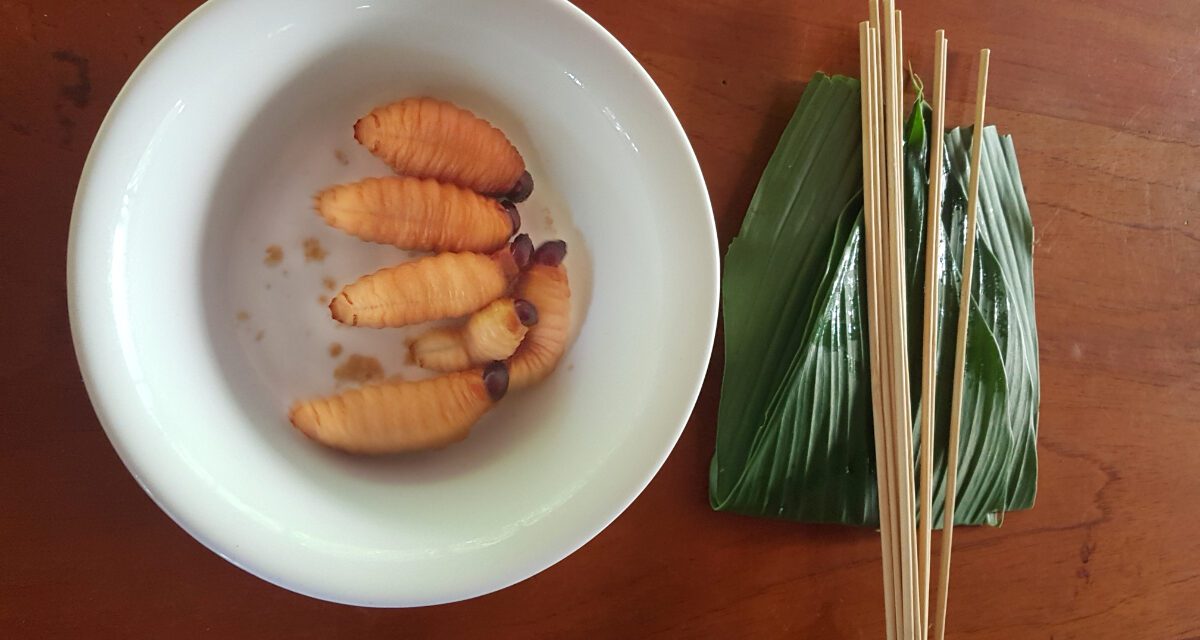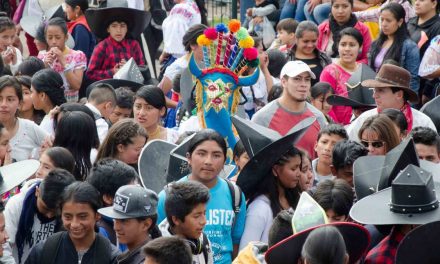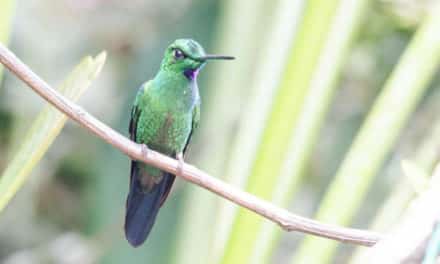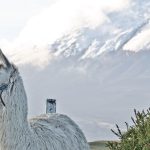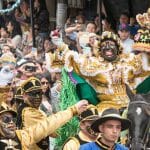In the heart of Ecuador’s Amazon, there’s a delicacy that’s nutritious, delicious, and well-loved by locals but comes with an unsustainable downside.
I’m talking about the chontacuro, a beetle larva or grub known for its unique taste and appearance. The word chontacuro comes from Kichwa, where chonta means palm and curo means larva, grub, or worm.
“Chontacuro comes from Kichwa, where chonta means palm and curo means larva, grub, or worm.”
When visiting the Amazon region, it’s common to see and be tempted to try these grotesque-looking larvae at least once in your life. But after you taste one, you might come to like this Amazonian treat so much that you search for it again.
But there’s more to chontacuro than just the taste! To better understand this grub, it is important to know where it lives, the palm tree known as Chonta.
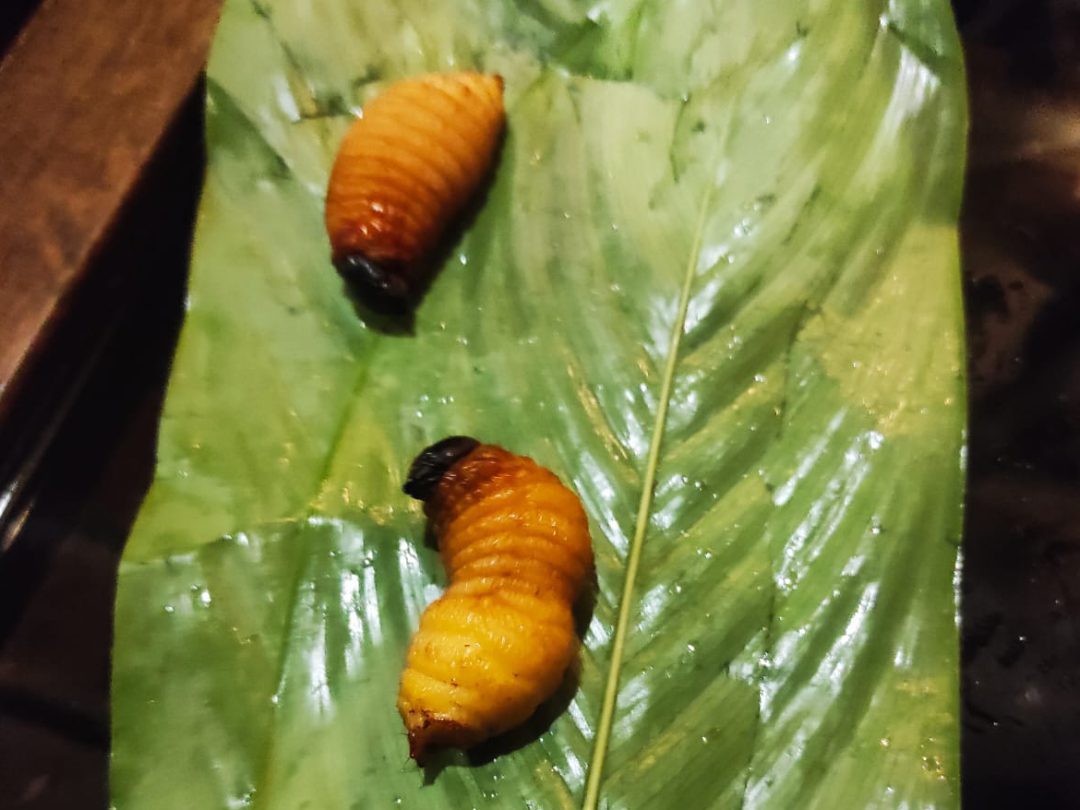
Chonta: A Vital Resource for Ecuador’s Indigenous Communities
The chonta (Bactris gasipaes) belongs to the Arecaceae family, or more commonly, the palm family. In Ecuador, we know it as chonta, though in other countries like Bolivia, Colombia, Costa Rica, and Panama, it’s known by various names such as pejibaye, pupuña, pipire, pijuayo, pupunha, pixbae, chontaduro, cachipay, pifá, pibá, chima, and tembe, among others.
Amazonian communities, such as the Kichwa, make full use of the palm, utilizing it from beginning to end. For example, the wood from this plant is used for sustainable housing, crafts, cabinetry, and carpentry. Additionally, its leaves serve as the base for a natural green dye used in basket weaving. The fruit, chontaduro, makes a fermented drink called chicha de chonta, which plays a large role in annual celebrations like the annual Fiesta de la Chonta. In Colombia, some people even consider it an aphrodisiac, calling it the “Fruit of Love.”
Lastly, the chontacuro, while not part of the chonta, is integrally related to it. It burrows into the palm’s trunk and feeds off the inner pith.
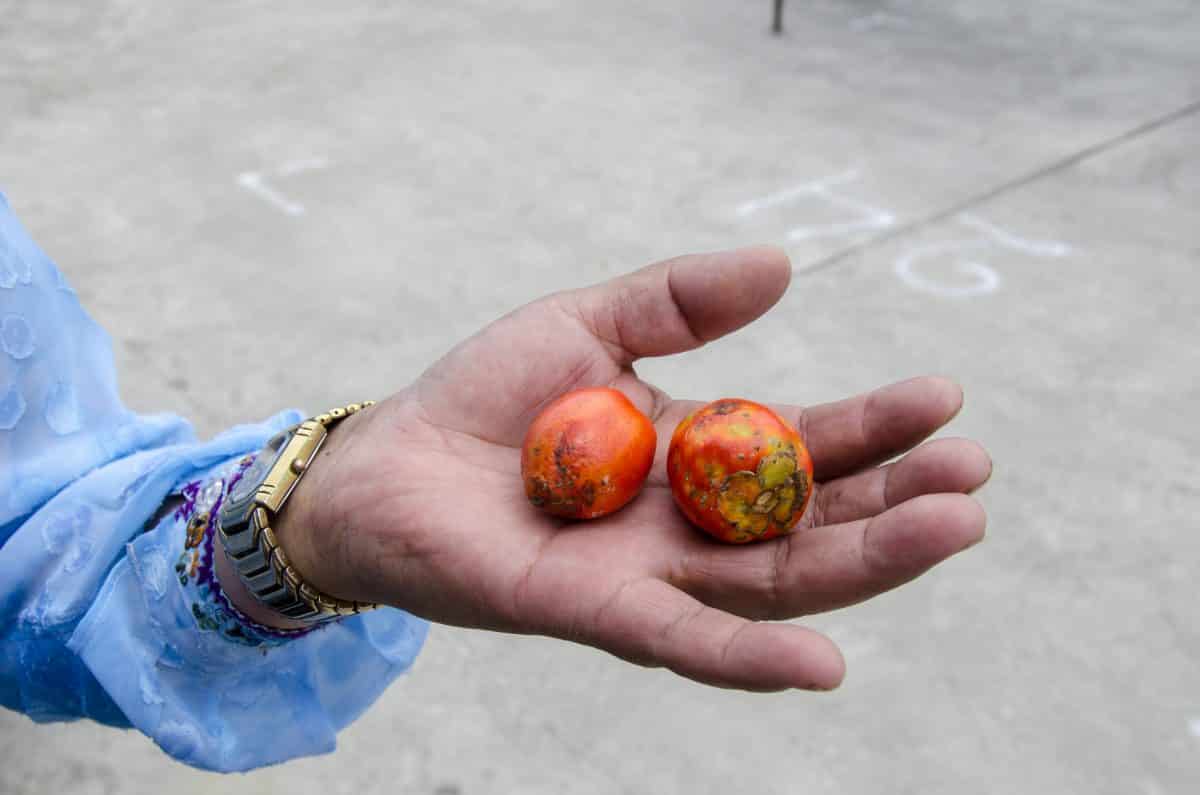
The Chontacuro: A Nutritious Grub
The chontacuro is the larva of the black palm weevil (Rhynchophorus palmarum). This beetle belongs to the Curculionidae family. In appearance, they are very similar to caterpillars but larger and oilier, with a yellowish body and a dark brown head.
Imagine how well-nourished these larvae are, feeding on this palm, which makes them a delicacy enjoyed by me and many others. Each little grub contains 18% protein, 35% fat, 1% carbohydrates, 2% sodium, and 11% cholesterol, as well as unsaturated fatty acids like omega-6 and omega-9.
In Ecuador, Amazonian Indigenous communities use the oil from these larvae to treat respiratory issues like colds, coughs, and bronchitis, as well as menstrual cramps. Some people say it helps with conditions like diabetes and high cholesterol, and it’s even considered a natural purgative.

Chontacuro vs. Mayón
You might hear about similar larvae called mayón, which live in different palms like the pambil. You’ll find these grubs in places like Coca and Santo Domingo de los Tsáchilas while chontacuro is more common in the Napo Province. The difference is small – mayón larvae are a little less yellow and slightly smaller than chontacuro. Different Indigenous groups even have their own names for these larvae; for example, the Shuar call them “mundish” and the Achuar “muquindi.”
Chontacuros and mayones are easy to find in local markets, along the road, or as part of lodge activities. They’re usually served on a skewer with cooked yuca and a side of pickled vegetables, seasoned with lemon and salt.
Eating these larvae has become part of Ecuador’s culinary tourism scene, and in many cooking classes, you’ll get to see chontacuro skewers or even try eating them raw if you’re up for it. Guided tours frequently include a “chontacuro challenge” where a guide dares a tourist to try this unusual dish.
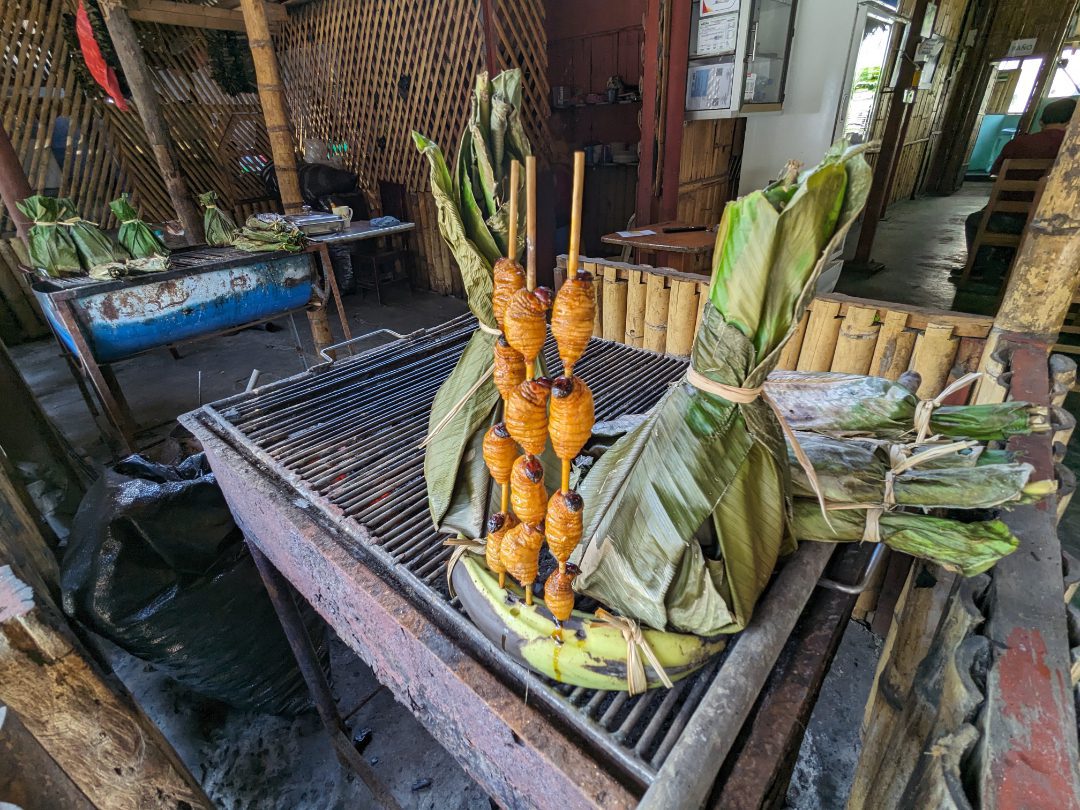
The Problem with Harvesting Chontacuro
But here’s where the downside comes in. The larvae naturally grow inside the trunk of the chonta palm. Unfortunately, gathering them requires cutting down the entire tree. I didn’t know this until my own visit to the Amazon, and after learning about the process behind it, I became a more conscious fan of chontacuro. If too many tourists start demanding this delicacy, it could encourage the unsustainable harvesting of wild chonta palms.
The Sustainable Side of Chontacuro Harvesting
Those who offer this exotic Amazonian delicacy as part of an immersive experience for visitors are working to make it a sustainable practice that does not drastically impact the palm population. One such initiative, Kuro Vodka, harvests chontacuros from existing monoculture palm plantations. They add a single grub to each bottle of triple-distilled Amazonian Vodka, promising a hangover-free experience.
Conscious Consumption of Chontacuro
As a tour guide, I make it a point to educate travelers about the harvesting process behind chontacuro. It’s an experience that might seem all about the thrill of eating a live or roasted grub, but knowing the full story makes it more meaningful. Today, I still enjoy the occasional chontacuro, but I approach eating this delicate grub with a deeper respect for its origins and a commitment to more mindful consumption.

